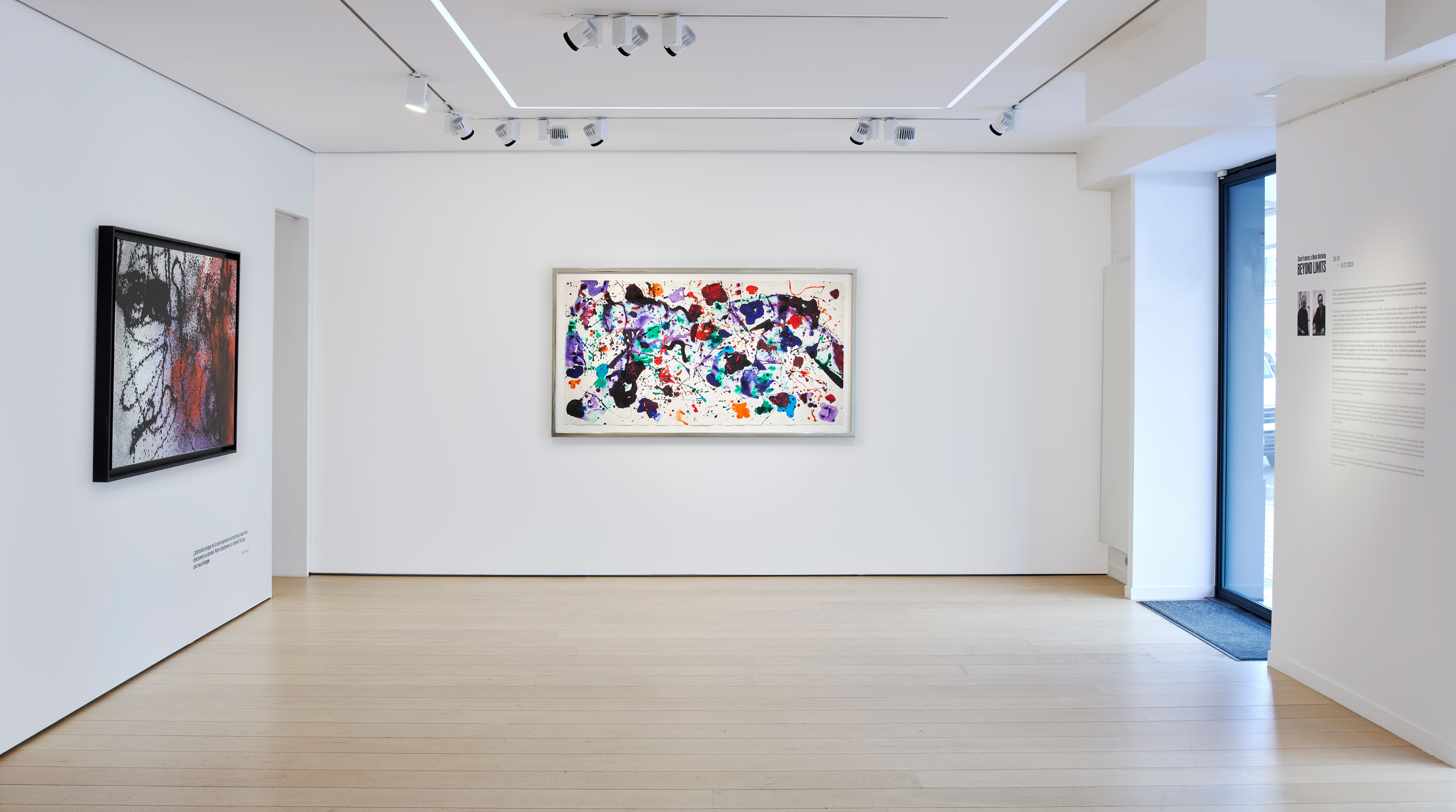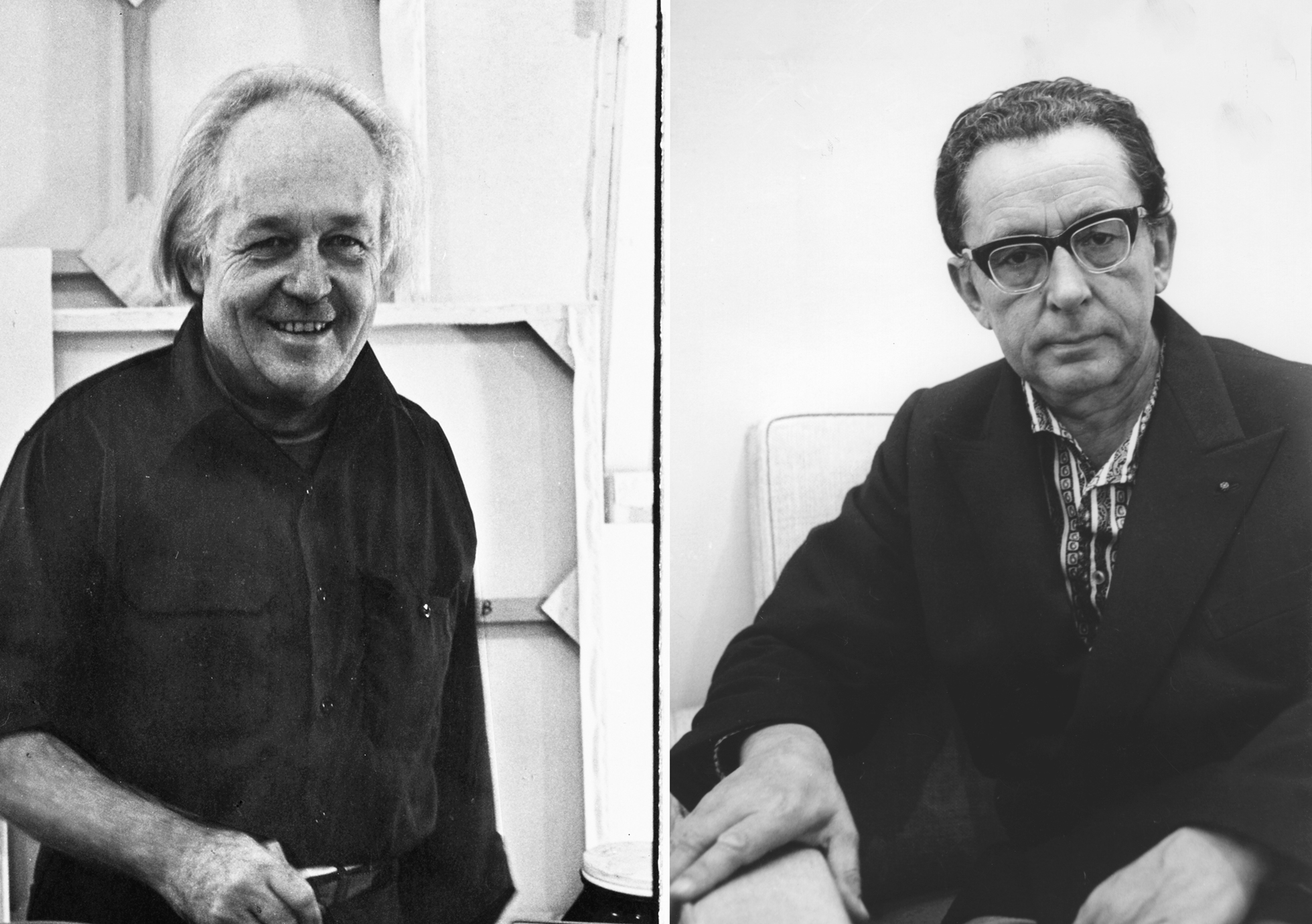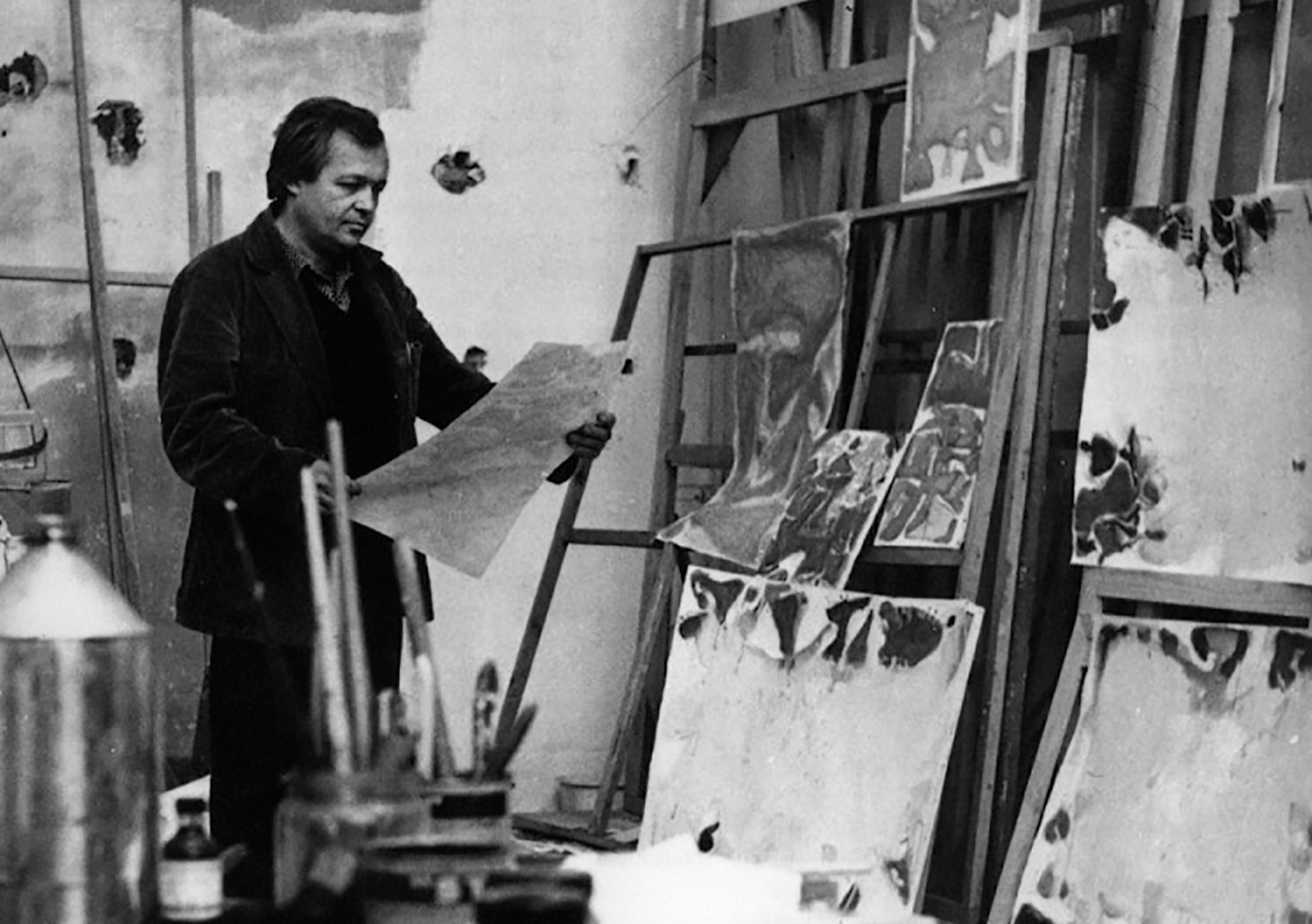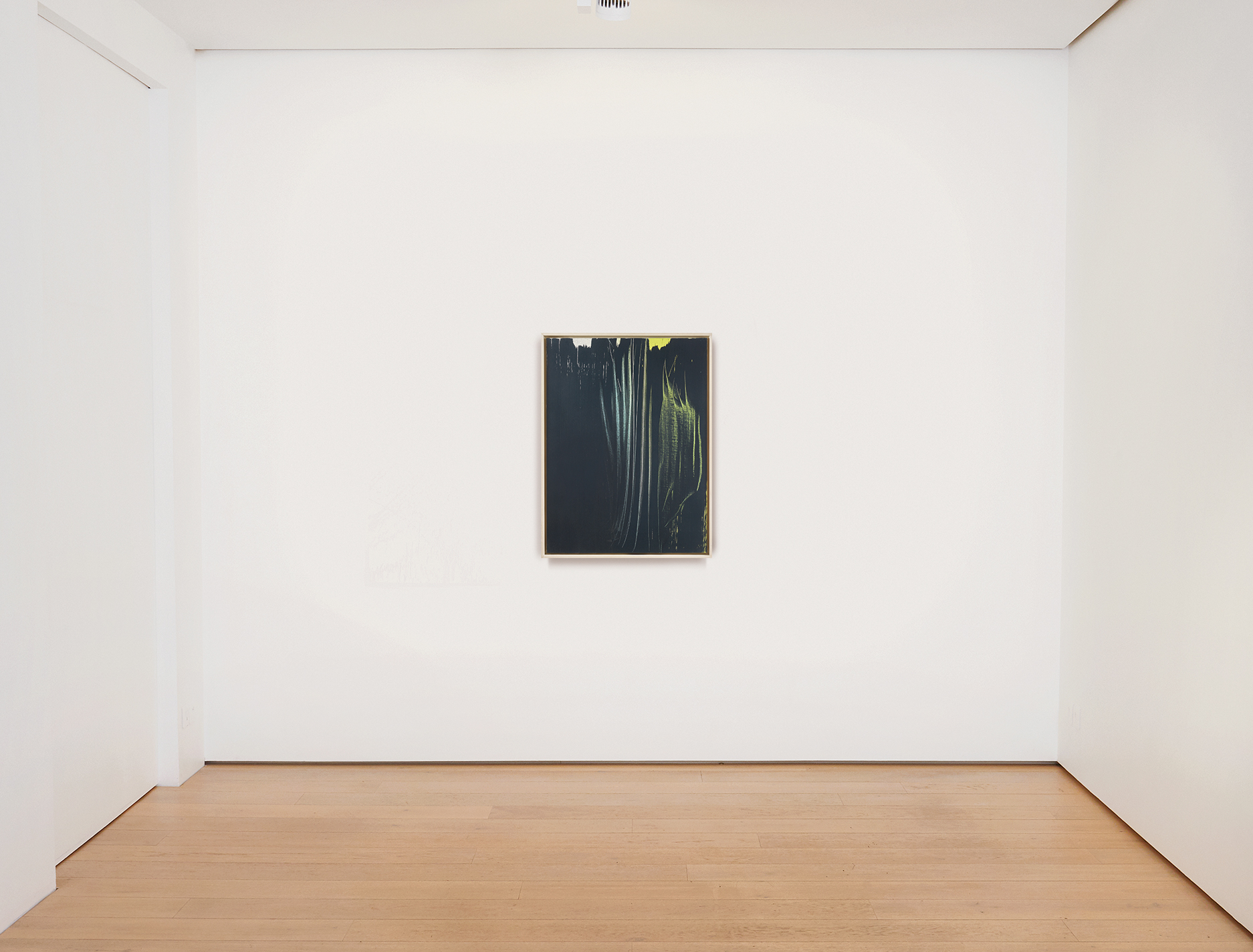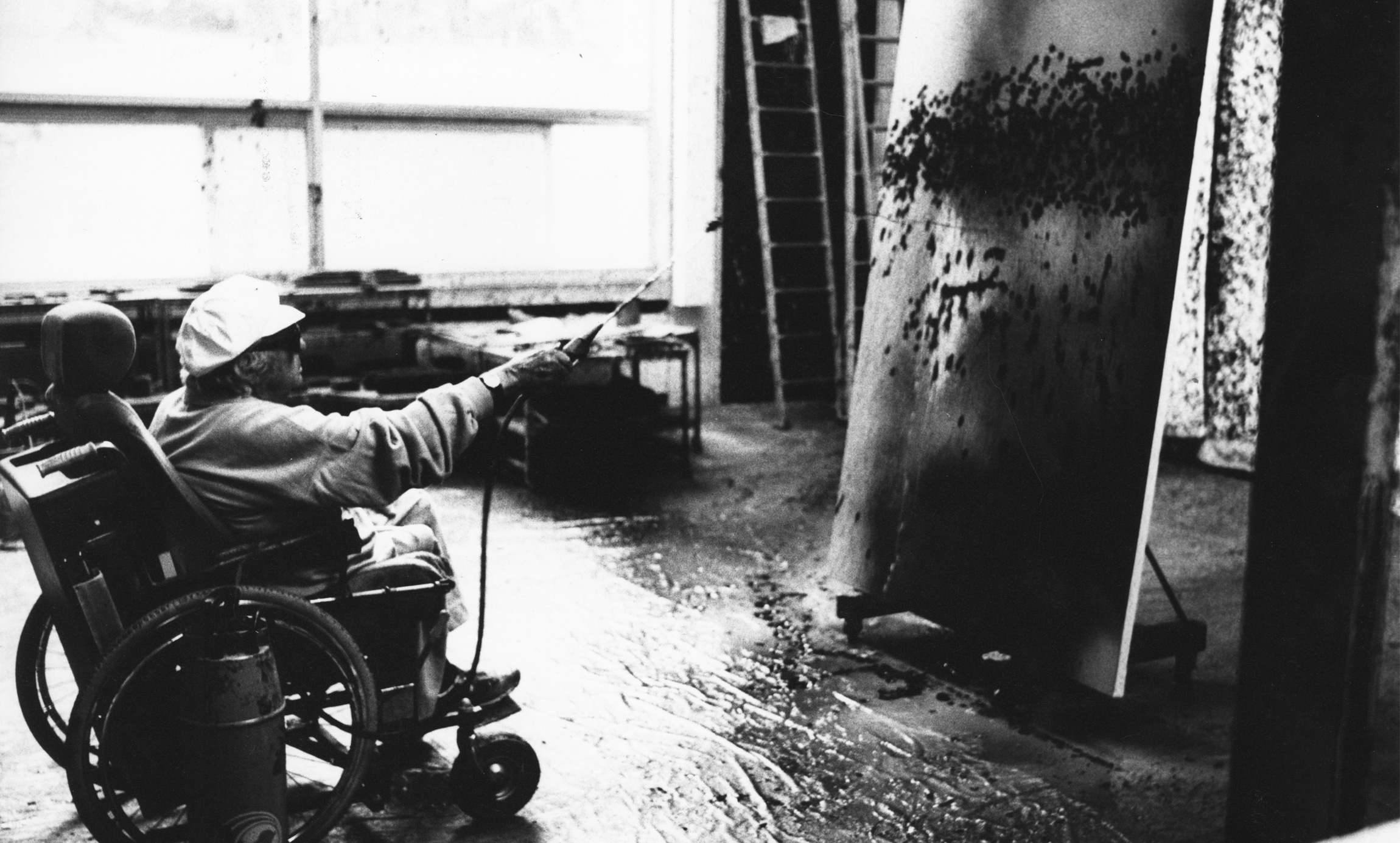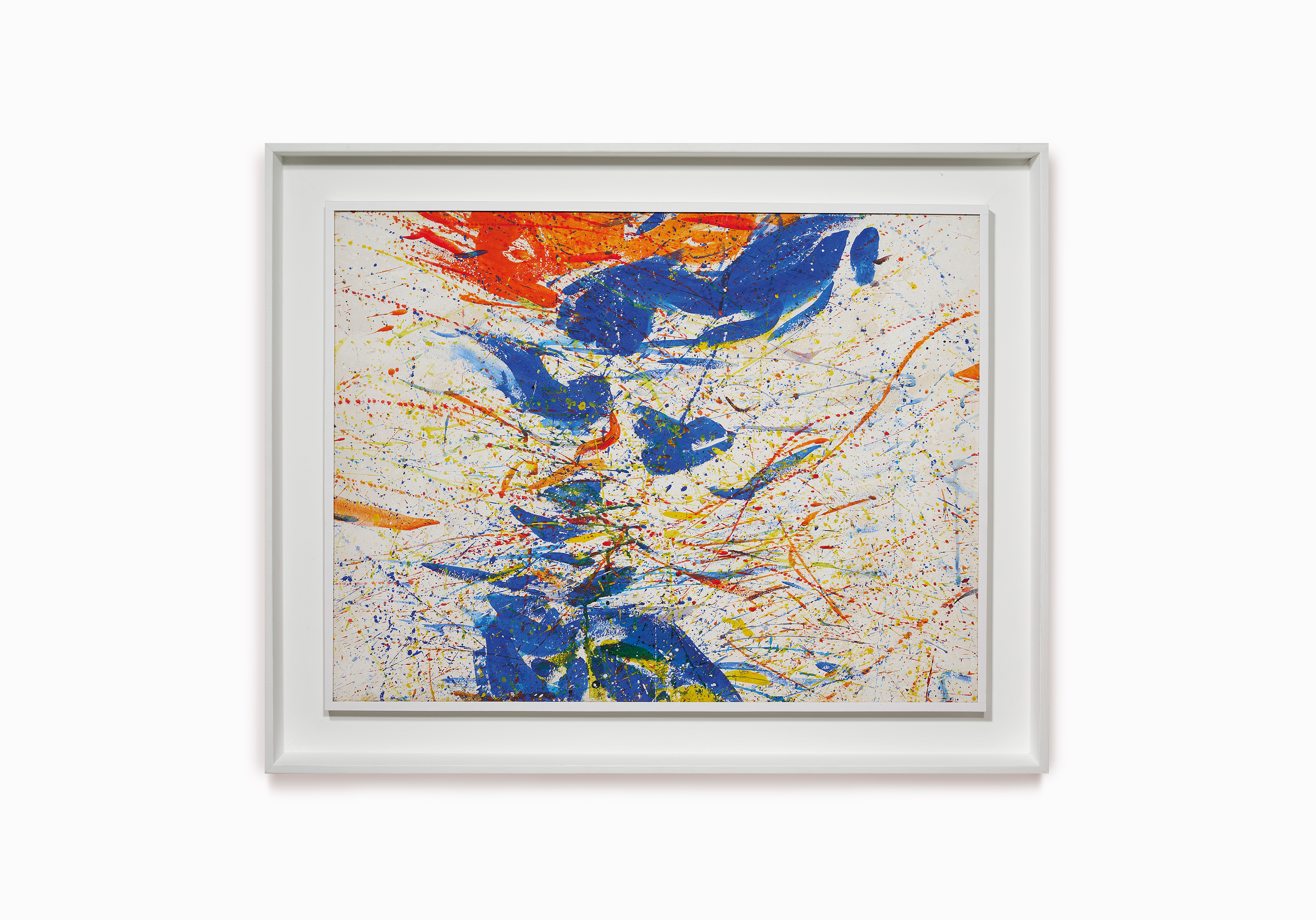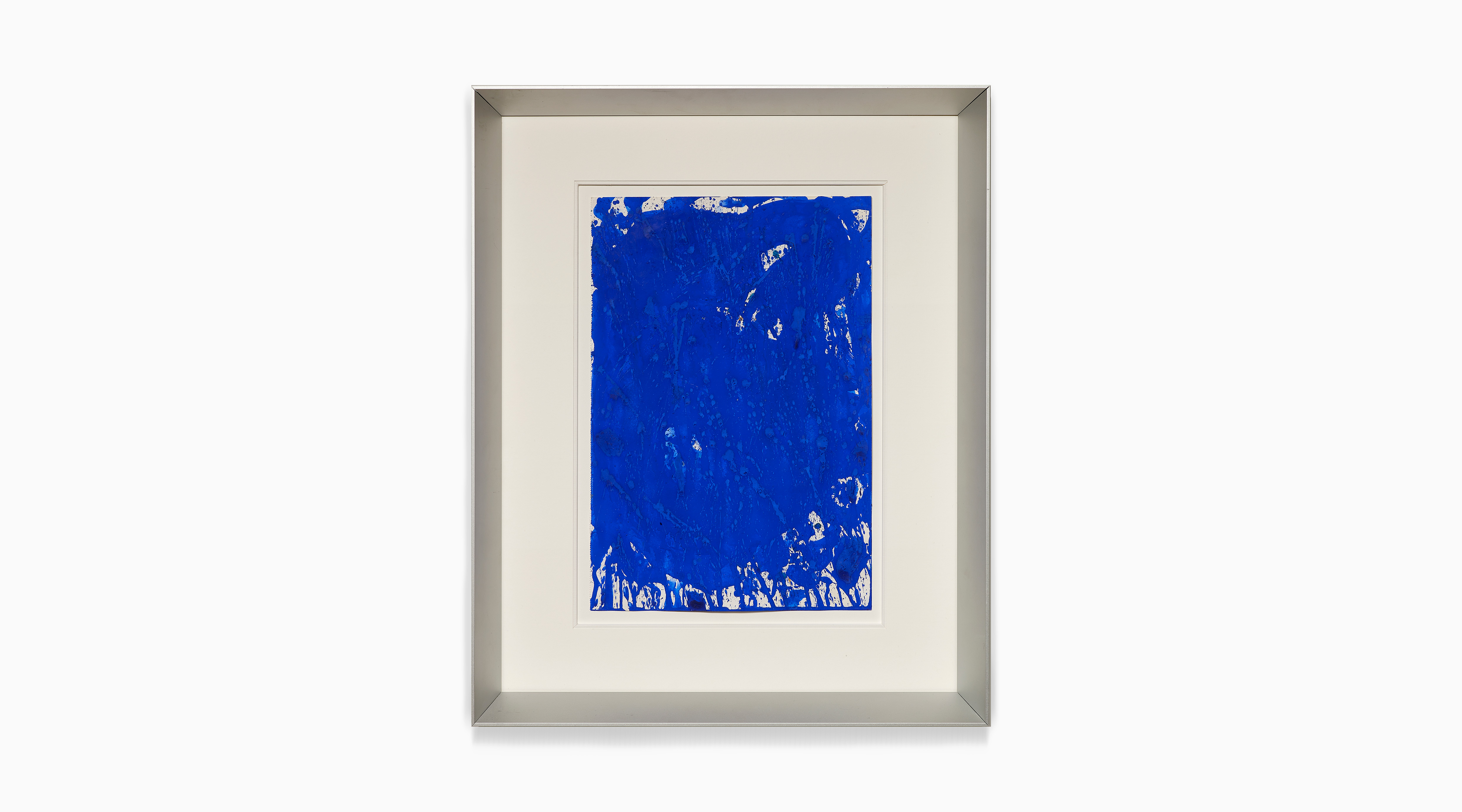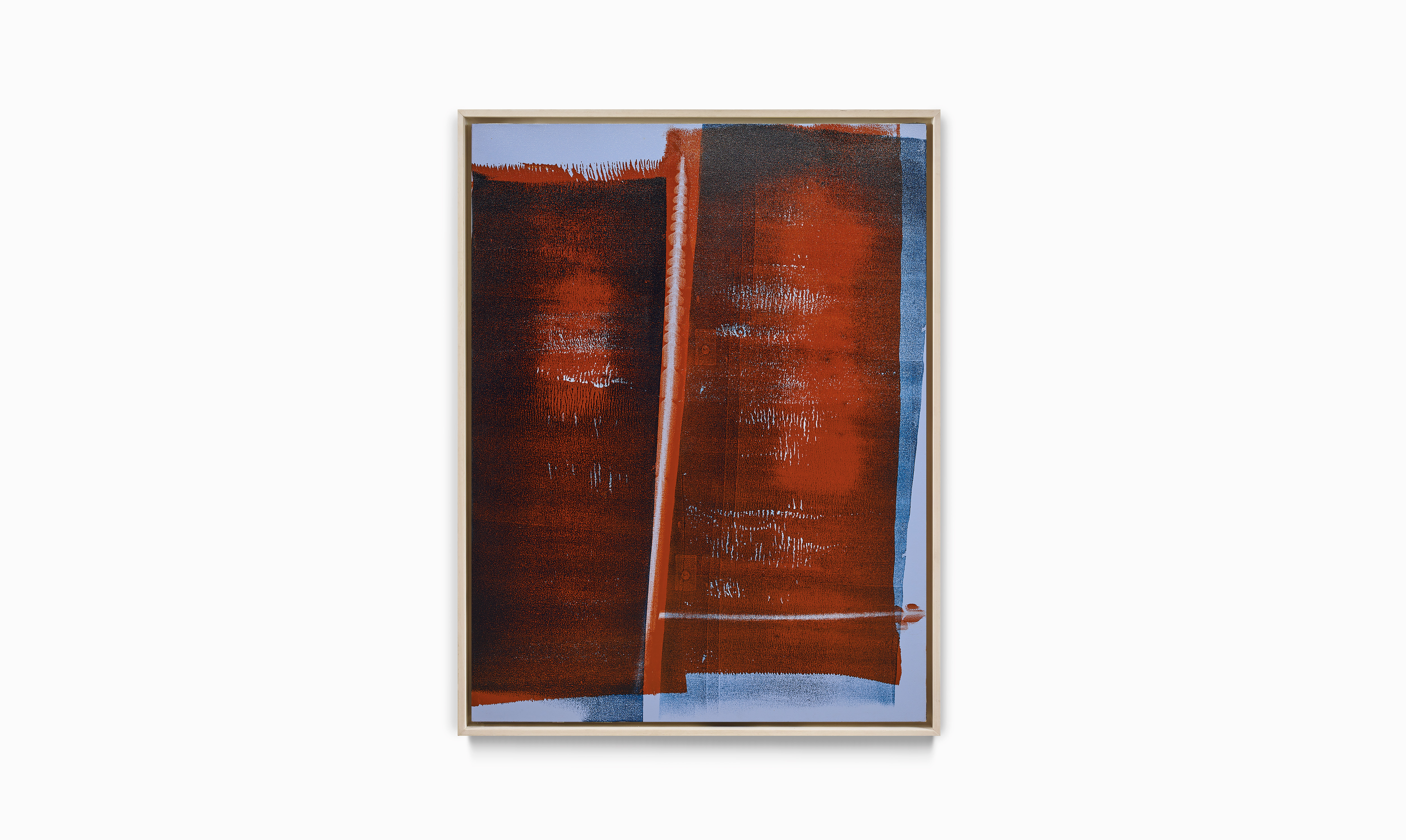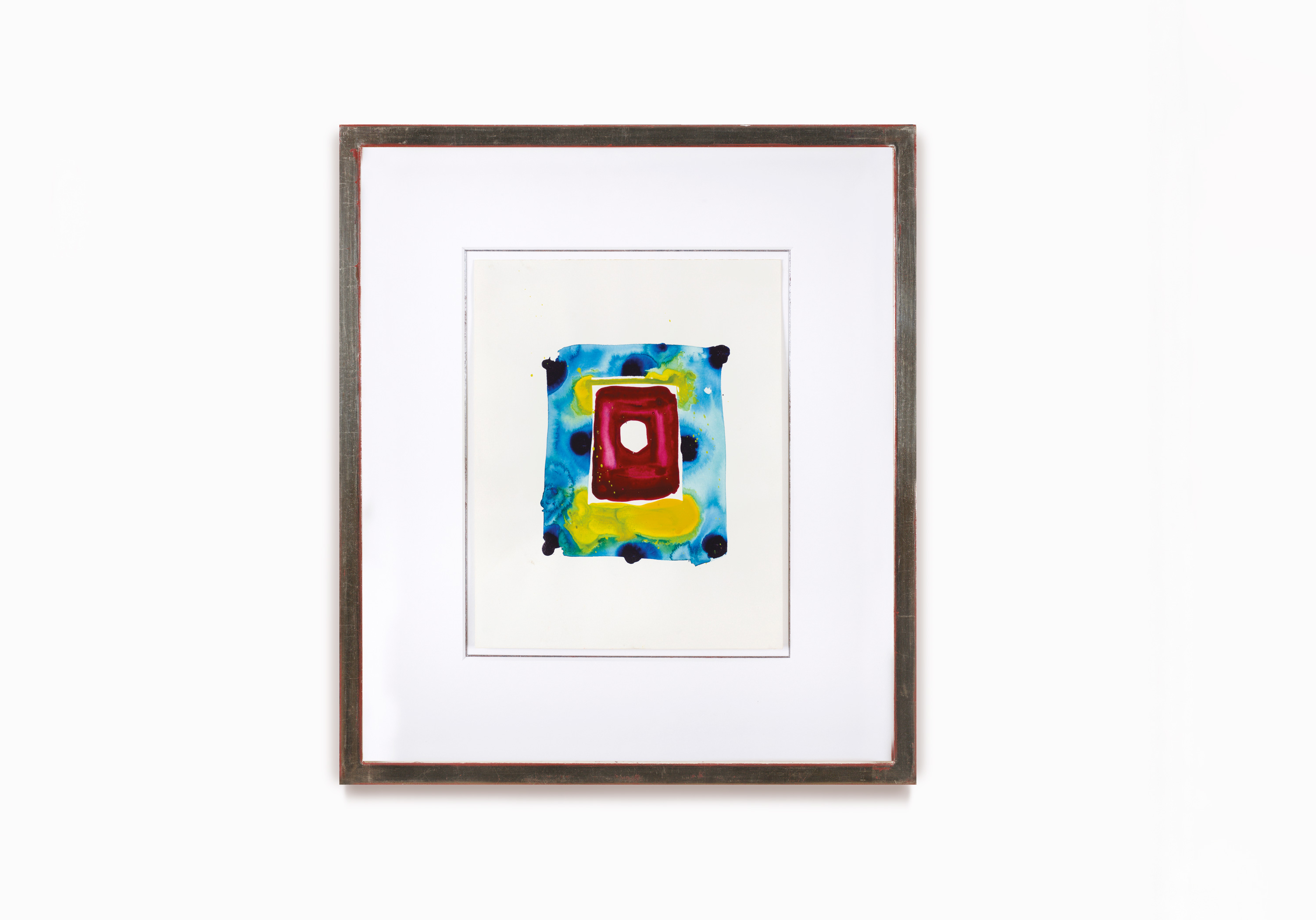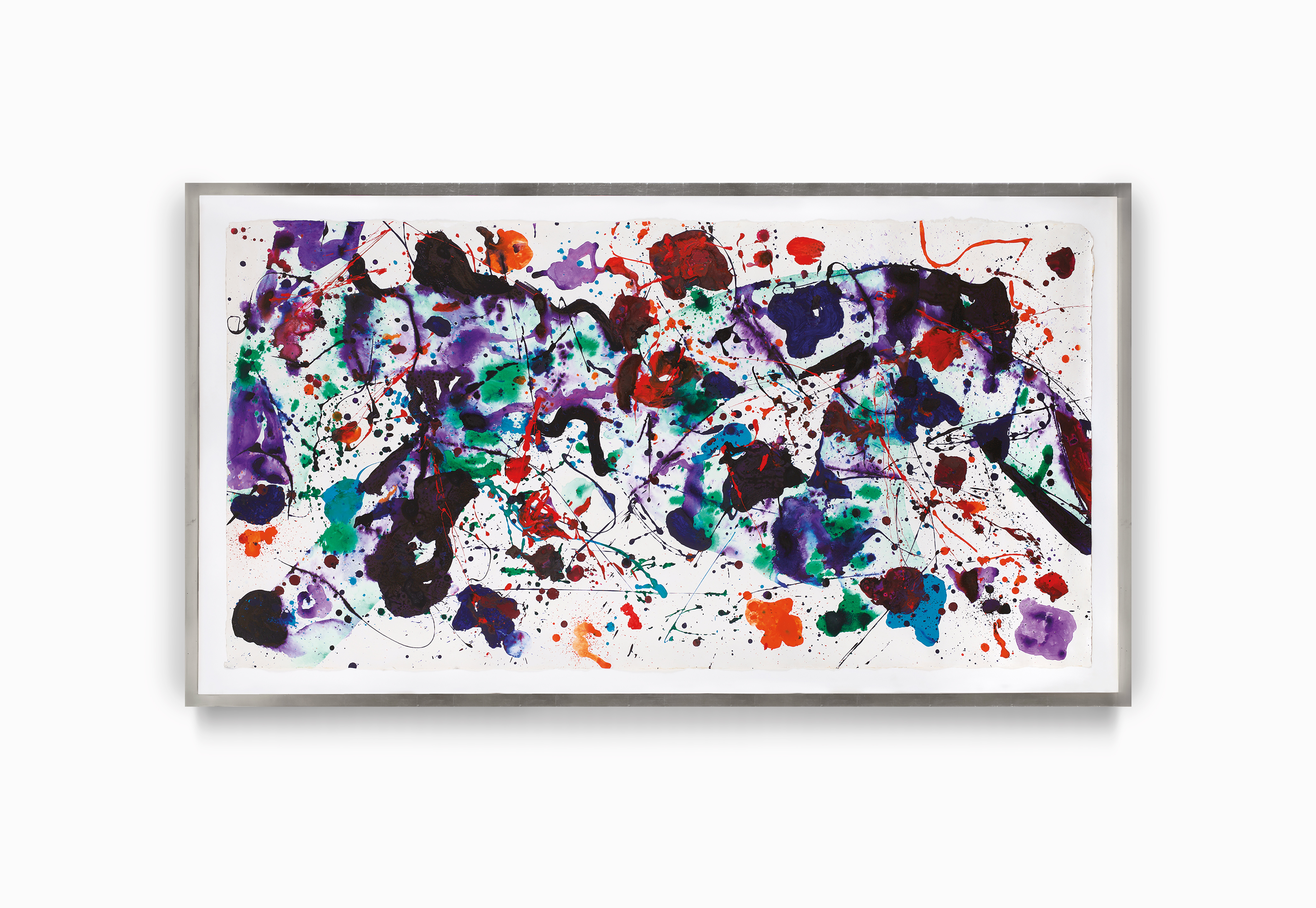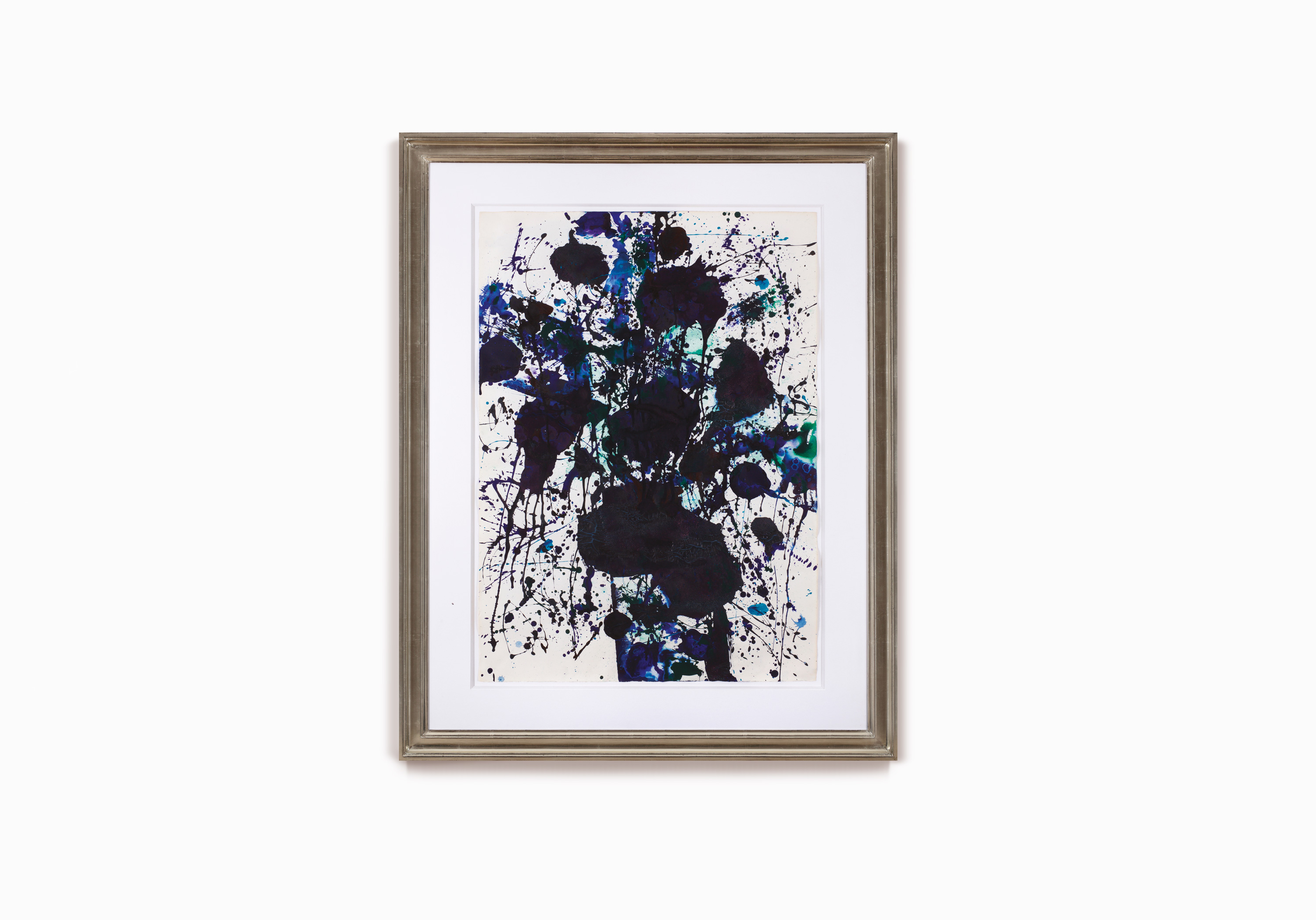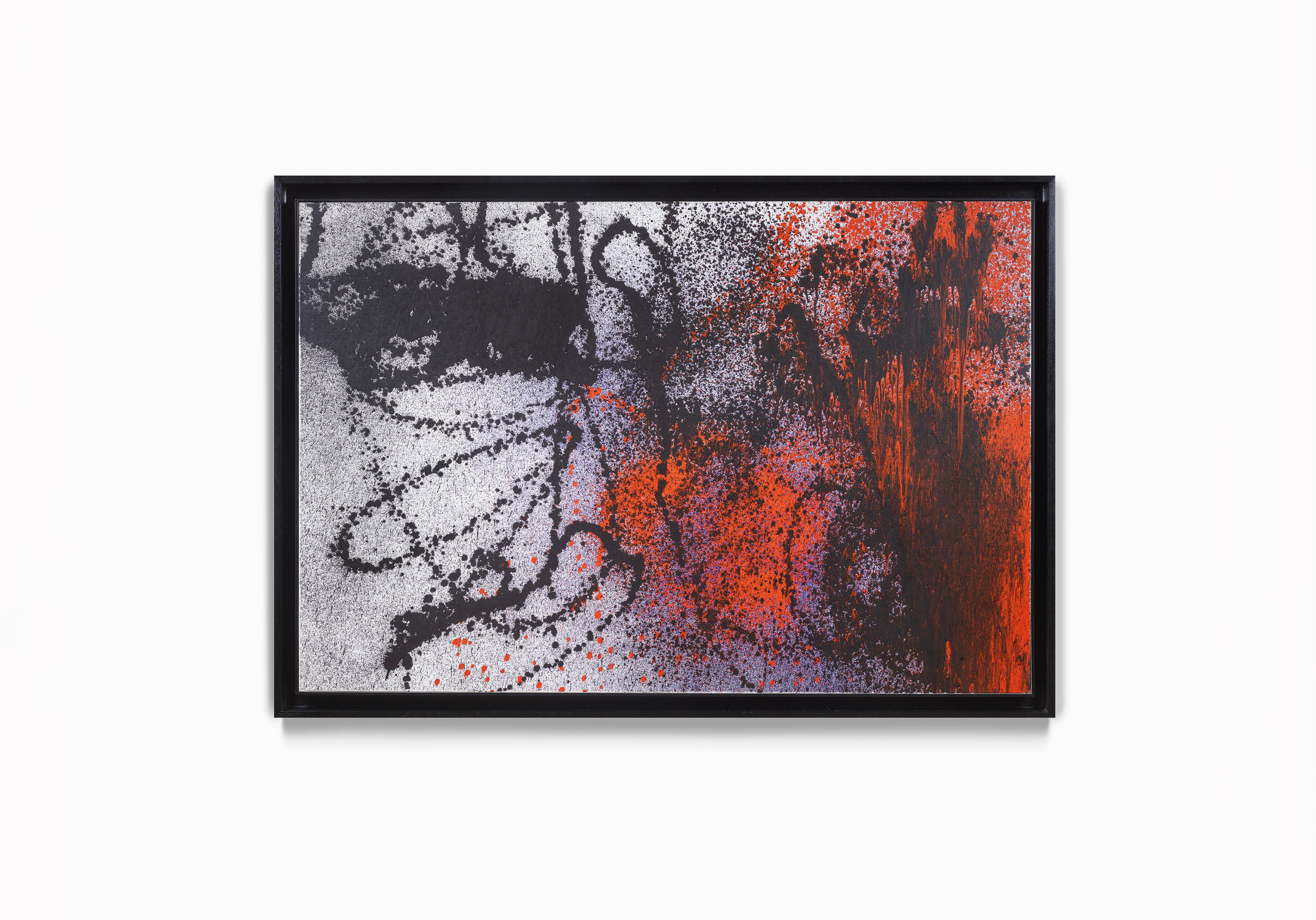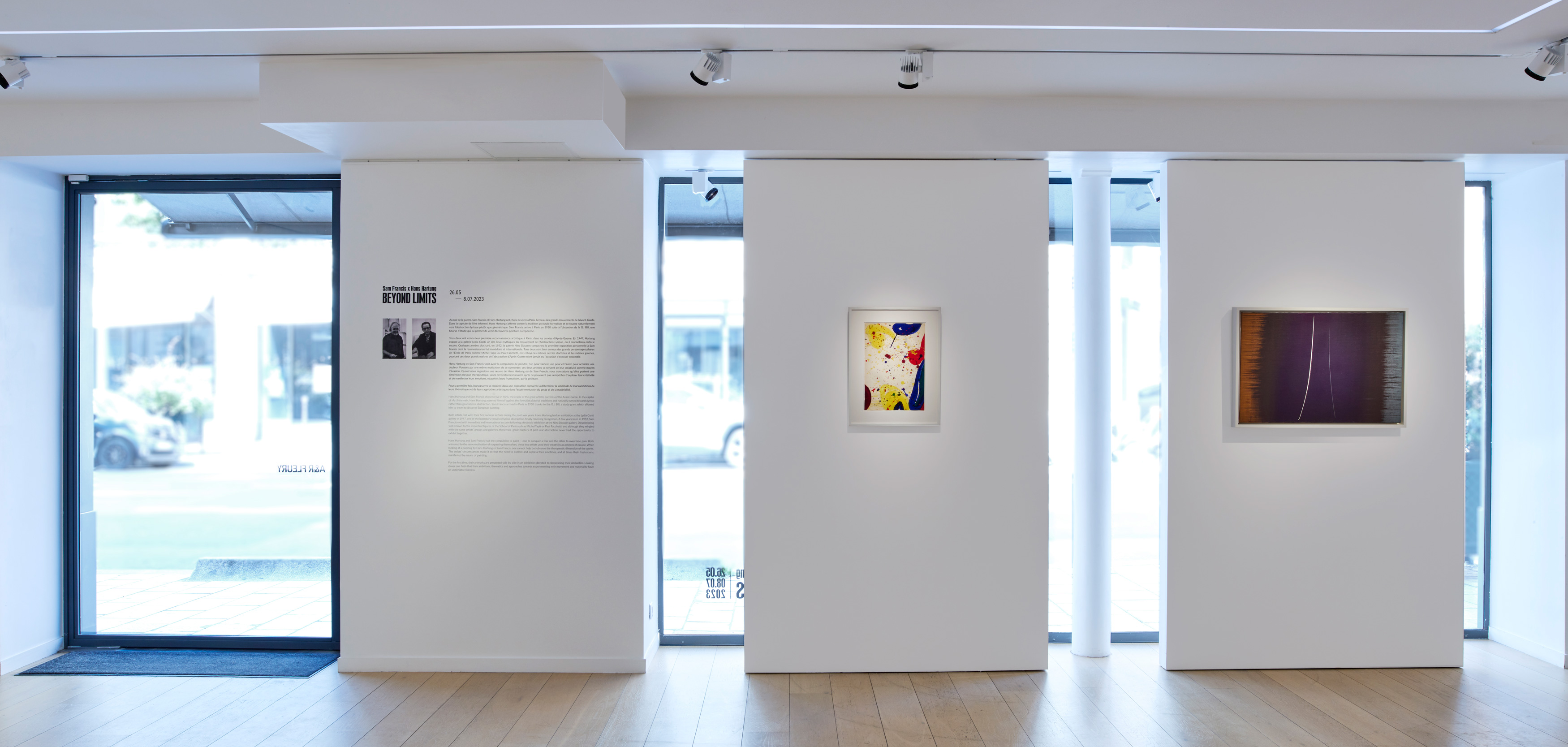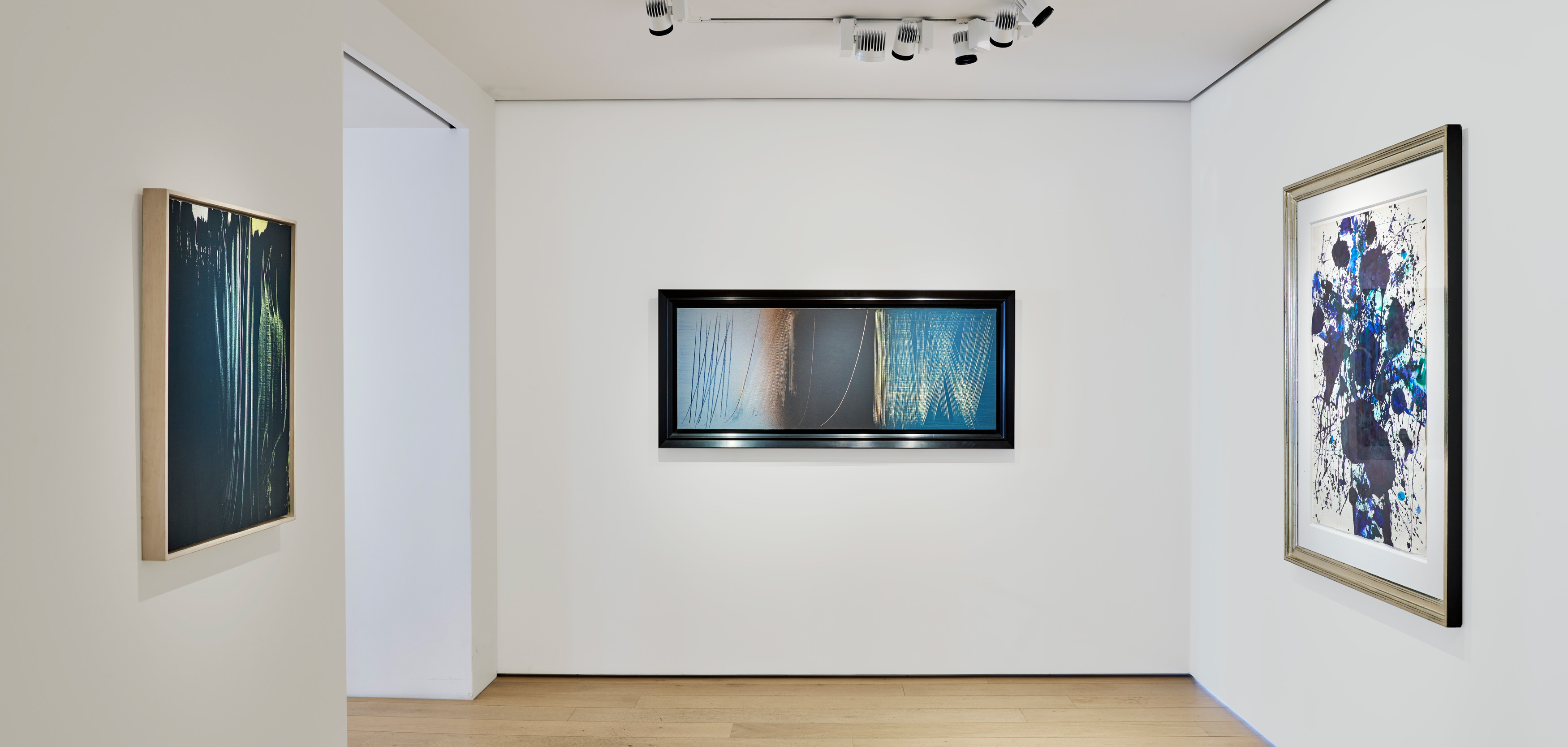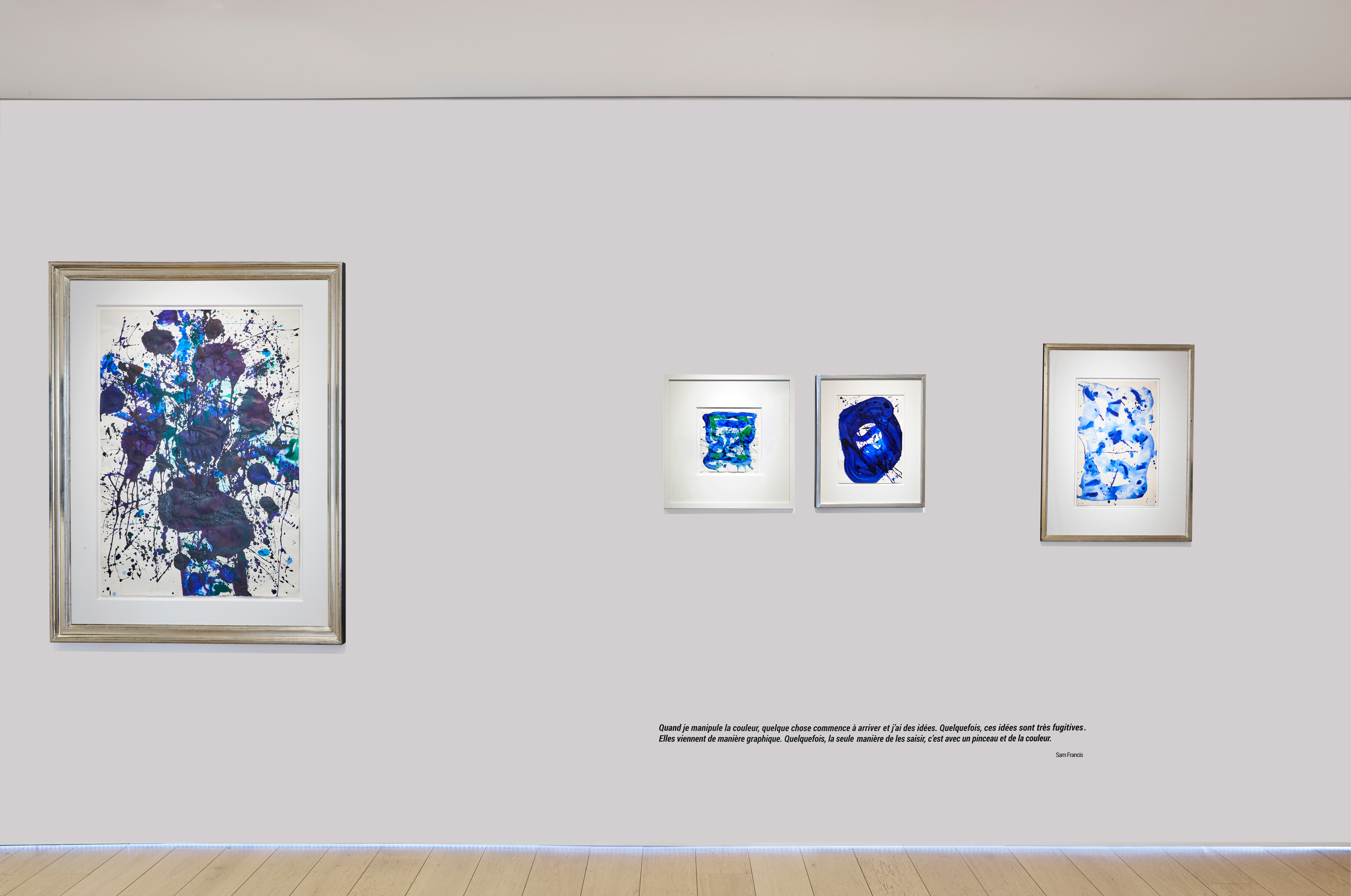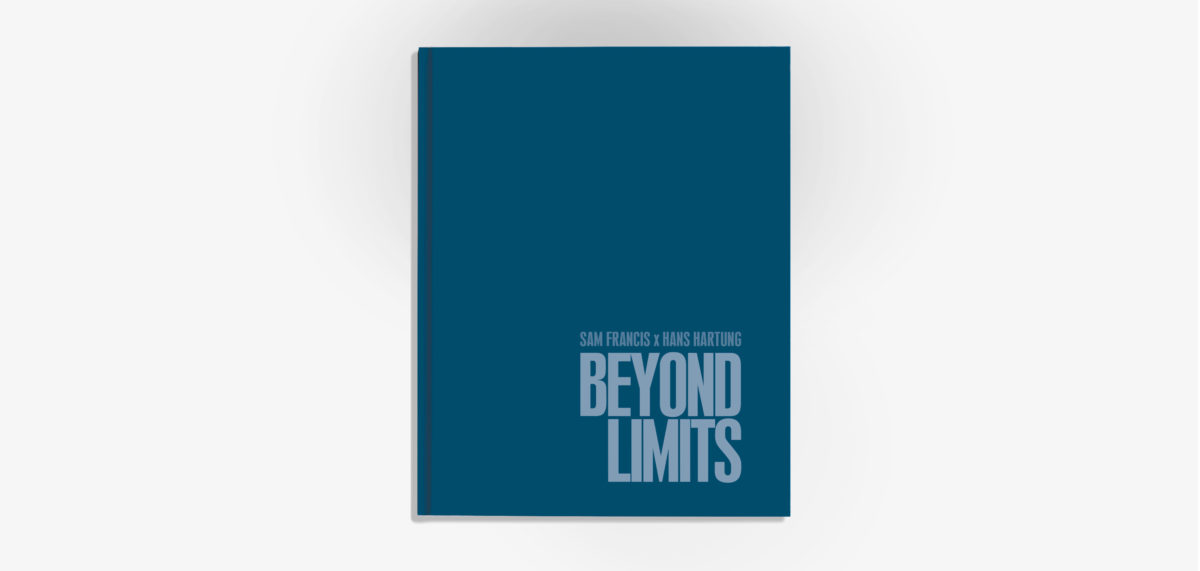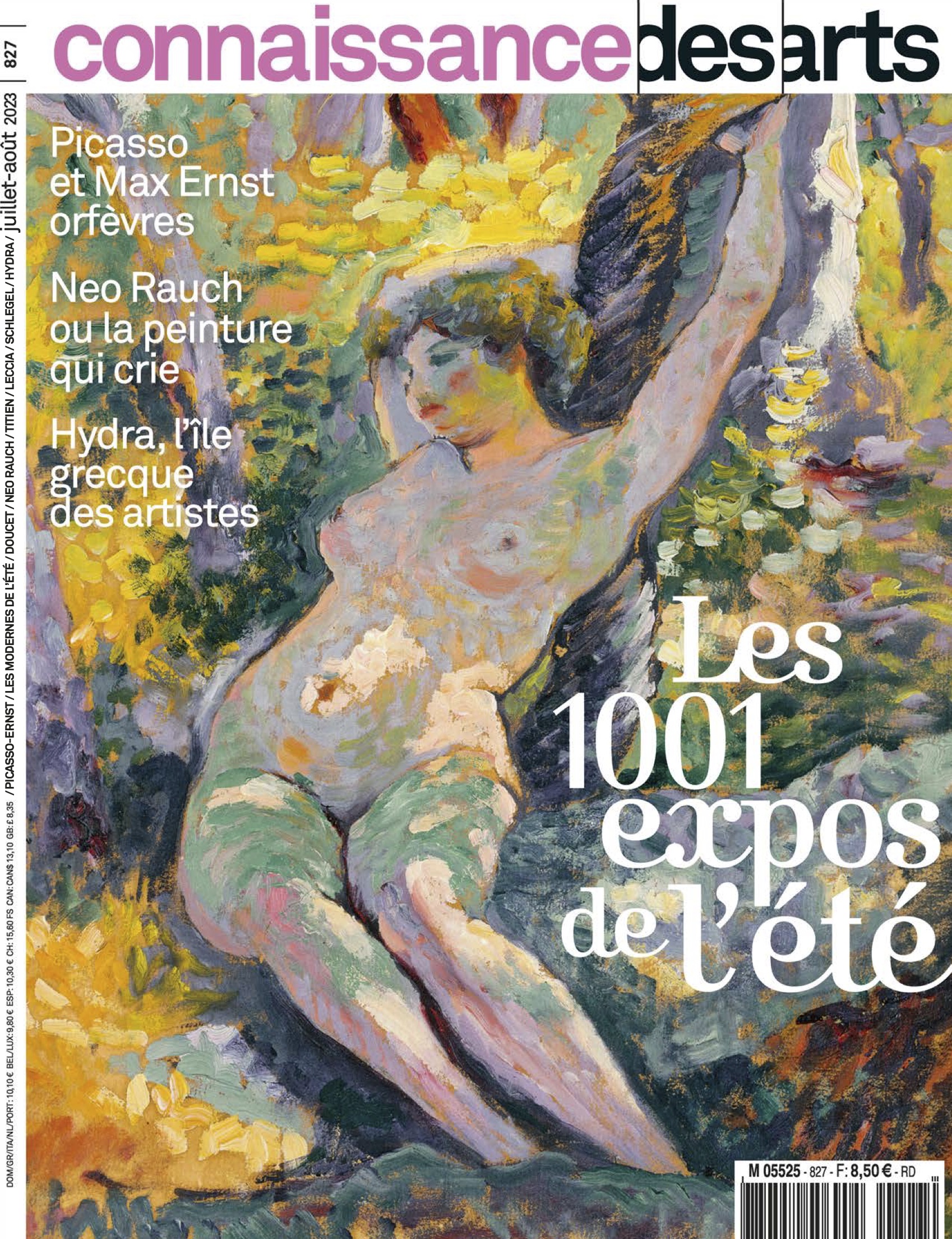Mentions Légales
Le site internet www.arfleury.com est édité par :
A&R FLEURY
36 Avenue Matignon
75008 Paris
SARL au capital de 10 000 €
n° de Siret : 825 010 531 000 28
TVA FR 72 825 010 531
Directeurs de publication du Site :
Alexandre et Richard Fleury
Conception et développement du Site :
ArtProMac & Atkins
L’hébergement du Site est assuré par la société :
OVH
SAS au capital de 500 k€ RCS Roubaix – Tourcoing 424 761 419 00011 – Code APE 721Z – N° TVA : FR 22-424-761-419-00011
140 Quai du Sartel – 59100 Roubaix – France
Le site internet www.arfleury.com est affilié avec les noms de domaine www.galeriefleury.com et www.galeriearfleury.com
Propriété intellectuelle :
Les droits de propriété intellectuelle sur les documents, ainsi que tous les éléments créés pour ce site sont la propriété de A&R FLEURY.
Les éléments visuels présents sur le site de la Galerie n’ont aucun caractère contractuel, et la reproduction de tous documents publiés sur le site est interdite sans autorisation.
Informatique et liberté :
Conformément à la loi Informatique et Libertés du 06/01/78 (art. 27), toute personne à la possibilité d’accéder aux informations la concernant et de les rectifier si elle le juge nécessaire. Ce droit d’accès s’effectue en nous adressant une demande à la galerie A&R FLEURY, 36 avenue Matignon 75008 PARIS ou par le formulaire de contact.
Liens :
Le Site peut contenir des liens vers d’autres sites. La galerie A&R FLEURY ne peut être tenue pour responsable pour les problèmes d’accès ou de contenu de ces sites.

